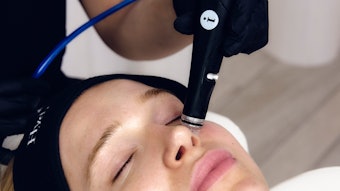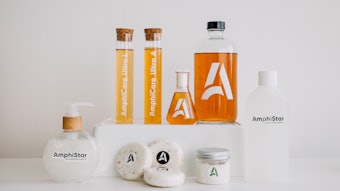Common silicone fluids such as dimethicone are well-known to cosmetic formulators and have been used in personal care formulations for more than 50 years. Dimethicone is a linear silicone polymer, with properties that change as the polymer length increases. The principle manifestations of increasing chain length are an increase in viscosity and variations in skin feel that allow control over formulation aesthetics. Dimethicones differ from hydrocarbon polymers because they do not crystallize but remain liquid even at very long chain lengths.
Another general property of silicone polymers is their high permeability. This characteristic is based partly on the properties of the siloxane bonds that form the polymer backbone. Siloxane bonds yield polymers that are very flexible, and when the siloxane backbone is substituted fully with methyl groups as with dimethicones and many other commerical silicones, there is very little intermolecular or intramolecular attraction because of the low polarity of the methyl groups. The high flexiblity and lack of attractive forces between polymer chains lead to a very open network that provides little resistance to the passage of small molecules such as water or oxygen. This property is useful for applications such as long-wear contact lenses made from silicone elastomer that allow the cornea to breathe. When applied to the skin, dimethicone films are nonocclusive, allowing water vapor to escape from the skin, unlike occlusive material such as petrolatum.









![Lead Image2 [nas] 800x450px](https://img.cosmeticsandtoiletries.com/files/base/allured/all/image/2024/10/Lead_image2__NAS__800x450px.6704042d635b8.png?auto=format%2Ccompress&fit=crop&h=191&q=70&w=340)
